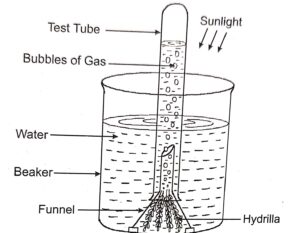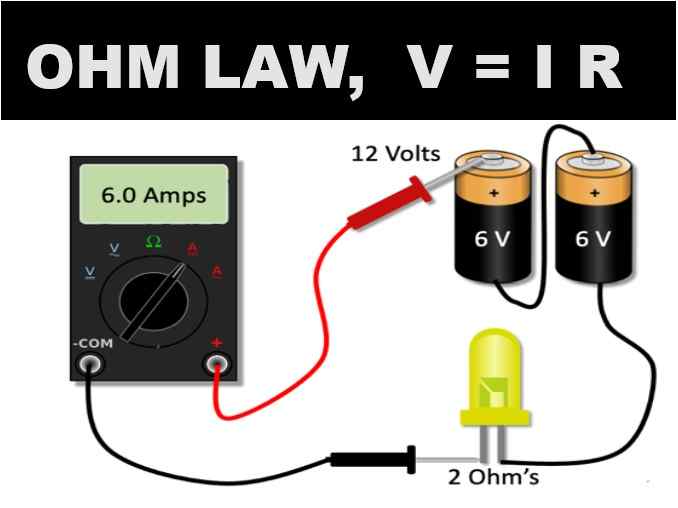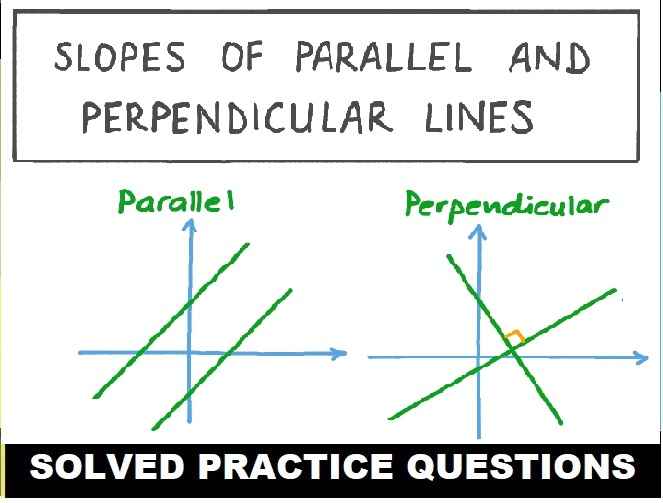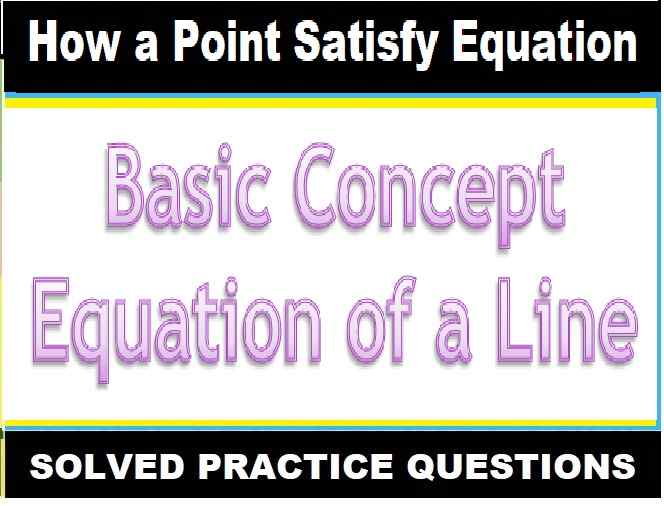Photosynthesis Class-10 Srijan Publications Solutions for ICSE Biology Ch-6. We Provide Solutions of Very Short Answer Type, Short Answer Type, Long Answer Type Questions and MCQs of Exercise-6 Photosynthesis Srijan Publications ICSE Class-10 Biology Ch-6. Visit official Website CISCE for detail information about ICSE Board Class-10.
Photosynthesis Class-10 Srijan Publications Solutions for ICSE Biology Ch-6
| Board | ICSE |
| Publications | Srijan Publications |
| Subject | Biology |
| Class | 10th |
| Writer | Veer Bala Rastogi |
| Chapter-6 | Photosynthesis |
| Topics | Solutions of Very short , Short and Long Answers Questions |
| Edition | for 2022-2023 Academic Session |
A. VERY SHORT ANSWER TYPE QUESTIONS
Ch-6 Photosynthesis Class-10 Srijan Publications for ICSE Biology Solutions
(Page-85)
Questions 1. Give a balanced chemical equation to represent the process of photosynthesis.
Answer : 6CO2 + 6H2O — > C6H12O6 + 6O2
Questions 2. Give one word for the following:
(a) The category of organisms that prepare their own food from basic raw materials.
Ans: Producers or Autotrophs
(b) The site of photosynthesis (cell organelle)
Ans: photosynthesis takes place in chloroplasts
(c) The structure where photophosphorylation takes place
Ans: Thylakoid
(d) Cytoplasmic organelles that help in the manufacture of starch.
Ans: the chloroplast
(e) The ground substance present in a chloroplast.
Ans: Stroma
(f) Source of CO, for aquatic plants.
Ans: aquatic animals
(g) Type of photosynthesis reaction wherein photolysis of water takes place.
Ans: light phase
(h) The compound which stores energy in the cells.
Ans: ATP
(i) The organisms that may be called natural purifier of the air.
Ans: Green plants
(j) Process of conversion of several molecules of glucose to one molecule of starch.
Ans: Polymerisation
Questions 3. Mention one point of difference between the following on the basis of what is given in brackets.
(a) Producers and consumers (mode of nutrition)
(b) Chlorophyll and chloroplast (part of plant cell)
(c) Light reaction and dark reaction (products formed)
(d) Light independent and light dependent reactions (use of light)
(e) Respiration and photosynthesis (gas released)
Answer :
(a) Producers show autotrophic mode of nutrition i.e. they are able to produce their own food from basic raw materials. Consumers show heterotrophic mode of nutrition i.e. they depend directly or indirectly on the producers for their food
(b) chlorophyll absorbs red and blue light from the sun converting it into chemical energy but chloroplast is a part where photosynthesis takes place
(c) The light reaction is the initial stage of photosynthesis which traps light energy to produce ATP and NADPH, whereas dark reaction is the second step of photosynthesis which utilizes the energy from ATP and NADPH to produce glucose.
(d) In the light-dependent reactions, energy from sunlight is absorbed by chlorophyll and that energy is converted into stored chemical energy. In the light-independent reactions, the chemical energy harvested during the light-dependent reactions drives the assembly of sugar molecules from carbon dioxide
(e) In the process of respiration carbon dioxide released while in process of photosynthesis. oxygen released
Questions 4. Given below are sets of five terms. Rewrite the terms in the correct order so as to be in logical sequence with regard to photosynthesis.
(a) Water molecules, photons, H+ and OH- ions, O2 Grana
(b) Destarched plant, iodine added, washed in water, a leaf boiled in alcohol, placed in sunlight.
Answer :
(a) The correct order in a logical sequence with regard to photosynthesis be,(v) photons, (iii) grana, (i) water molecules, (iv) hydrogen and hydroxyl ions, (ii) oxygen.
(b) Destarched Plant, Placed in sunlight, A leaf boiled in alcohol, washed in water, Iodine
Questions 5. Write the full forms of the following:
(a) RUBP—Ribulose 1,5-bisphosphate.
(b) ATP–Adenosine triphosphate,
(c) ADP–Adenosine diphosphate
(d) NADP–Nicotinamide adenine dinucleotide phosphate
Questions 6. Complete the following statements by choosing the correct alternative out of those given in brackets.
(a) The site of light reaction in the cells of a leaf is …..grana ……… (grana / cytoplasm / stroma)
(b) Light dependent reaction is also called …photochemical phase….. (photochemical phase/biosynthetic phase)
(c) During photosynthesis, oxygen comes from ….water….. (water/carbon dioxide)
(d) The splitting of water results in the release of ….oxygen.… (oxygen/water/oxygen and water)
(e) Photolysis is the splitting of water molecules into hydrogen ions and hydroxyl ions in the presence of ….chlorophyll.…. and light. (chlorophyll /oxygen)
(f) Starch can be tested by …iodine..… (iodine/alcohol)
Questions 7. Given below are certain biological statements which are incomplete and hence incorrect. Rewrite the correct form of statements by inserting suitable word/words at the right place. Do not delete any word already given in the statement. Underline the inserted word/words.
(a) The splitting of water molecules into hydrogen ions and hydroxyl ions is known as photolysis.
(b) Destarching a plant means removing the starch from the plant.
Answer :
(a) The splitting of water molecules into hydrogen and hydroxyl ions by light is termed photolysis.
(b) Destarching the plant means removing the starch from the leaves of plant.
Questions 8. Match the Columns.
| Column A | Column B |
| (a) Oxygen and water | (i) Power |
| (b) Sunlight | (ii) Work rooms |
| (c) CO and water | (iii) End-product |
| (d) Glucose | (iv) Machinery |
| (e) Cells in the leaf | (v) Raw material |
| (f) Chloroplast | (vi) By-products |
Answer :
| Column A | Column B |
| (a) Oxygen and water | (iii) End-product |
| (b) Sunlight | (iv) Machinery |
| (c) CO and water | (vi) By-products |
| (d) Glucose | (ii) Work rooms |
| (e) Cells in the leaf | (v) Raw material |
| (f) Chloroplast | (i) Power |
Questions 9. State whether the following statements are true or false. If false, rewrite the correct form of statements.
(a) Photosynthesis occurs in all the cells of the plant.
(b) Photolysis is the process of splitting of water molecules in the presence of granna and temperature.
Answer :
(a) False, Photosynthesis occurs in green part of the plant
(b) False, Photolysis is the process of splitting of water molecules in the presence of granna and light.
Questions 10. Explain the following terms:
(a) Photolysis in photosynthesis
(b) Destarched plant
Answer :
(a) chemical process by which molecules are broken down into smaller units through the absorption of light.
(b) Destarching occurs in a plant when a part of a plant is “deprived of starch, as by translocation”. It is also the process of eliminating starch reserves in a plant for experiments concerning photosynthesis. This is done by leaving the plant(s) in a dark place for a long period of time.
Questions 11. Fill in the blanks numbered 1 to 10 with the appropriate word/term:
Photosynthesis involves light reaction and dark reaction. During light reaction, the chlorophyll present in the (1)…………. gets activated by absorbing light energy. This energy splits (2)……………. molecules to (3) …………. and oxygen and releases two electrons. This process is called (4)……………. The (5) ions are picked up by NADP to form (6)……………….. The ADP is converted to (7) ………………. This process is called (8) ………….. During the dark phase, the compound produced at the end of light reaction reacts with carbon dioxide to form (9) ………… This produce is converted to starch. The process is called (10)……………..
Answer : Photosynthesis involves light reaction and dark reaction. During light reaction, the chlorophyll present in the leaves gets activated by absorbing light energy. This energy splits water molecules to hydrogen ion and oxygen and releases two electrons. This process is called photolysis. The hydrogen ions are picked up by NADP to form NADPH2. The ADP is converted to ATP. This process is called photophosphorylation. During the dark phase, the compound produced at the end of the light reaction reacts with carbon dioxide to form glucose. This product is converted to starch. The process is called polymerization.
Questions 12. Fill in the blanks with suitable words.
To test the leaf for starch, the leaf is boiled in water to ………….. (i). It is next boiled in methylated spirit to ………… (ii). The leaf is placed in
warm water to soften it. It is then placed in a dish and ……………. (iii) solution is added. The region, which contains starch, turns …………. (iv) and the region, which does not contain starch, turns ……………. (v).
Answer :
1) to kill the cells
2) remove the chlorophyll
3) Iodine solution
4) blue-black in colour
5) brown
B. Short Answer Type Questions
Ch-6 Photosynthesis Srijan Publications ICSE Class-10 Biology Solutions
(Page-86)
Questions 1. Answer the following questions.
(a) What are stomata? Where are the maximum number of stomata found on a plant?
(b) If CO concentration keeps on increasing in the atmosphere, will it increase the rate of photosynthesis?
(c) List the events taking place in the photochemical phase of photosynthesis.
(d) Mention any three adaptations found in plants to favour the process of photosynthesis.
(e) Mention two ways in which photosynthesis differs from respiration in plants
Answer :
(a) Stomata are tiny pores or opening on the surface of a leaf. Stomata play an important role in gaseous exchange and photosynthesis.
The lower epidermis of the leaf tends to have a higher total than the upper surface. The average number of stomata is about 300 per square mm of leaf surface
(b) Rising carbon dioxide concentrations will increase plant growth. More rapid leaf area development and more total leaf area could translate into more transpiration. Rising carbon dioxide concentrations will decrease leaf stomatal conductance to water vapor. This effect could reduce transpiration
(c) The photochemical phase of photosynthesis is also known as light reaction. It is responsible for the formation of high-energy chemical intermediates, ATP and NADPH, and it includes light absorption, water splitting and release of oxygen. It takes place in the granal thylakoids of chloroplasts.
(d) 1 A large number of chloroplasts found just under the upper epidermis to absorb more light. 2 Orientation of leaves is such that maximum light falls on the leaf so that it can be absorbed. 3 Numerous stomata on leaves allow rapid exchange of gases.
(e) Respiration ia a process where food is broken down to release energy with the help of oxygen. Photosynthesis is a process where nutrients, water, carbon dioxide, and sunlight are converted to food. Respiration takes place in both plants and animals. Photosynthesis takes place only in green plants
Questions 2. Comment on the following.
(a) CO2 is consumed during photosynthesis
(b) Animals owe their existence to chlorophyl
(c) Oxygen is a waste product of photosynthesis.
(d) In most experiments on photosynthesis, a destarched plant is used.
Answer :
(a) Photosynthesis is a process in plants of producing their own food by themselves with the help of sunlight and carbon dioxide
(b) The herbivores directly eat plants. The carnivorous animals feed on the herbivores. Thus, all types of animals, including man, depend on plants directly or indirectly for food. Therefore, animals owe their existence to chlorophyll.
(c) In a sense, even this oxygen is not a waste, because all organisms require it for their existence including the plants which requires it for respiration . So, oxygen is not a waste of photosynthesis because all organisms require it for their existence including the plants.
(d) Before carrying out investigations into photosynthesis, it is usually necessary to destarch the plant. This involves leaving the plant in darkness (e.g. a dark cupboard) for 48 hours. This is necessary to make sure that any starch produced is only produced during the investigation.
C. Long Answer Type Questions
Ch-6 Photosynthesis Srijan Publications ICSE Class-10 Biology Solutions
(Page-86)
Questions 1. Describe main chemical changes which occur during photosynthesis in (i) light reaction, (ii) dark reaction.
Answer :
(i) light reaction: The light reaction occurs in two main steps: (1) Activation of chlorophyll – On exposure to light energy, chlorophyll becomes activated by absorbing photons. (2) Splitting of water – The absorbed energy is used in splitting the water molecule into hydrogen and oxygen, releasing energy.
(ii) dark reaction.: The reactions in this phase does not require light energy and occur simultaneously with the light reaction. The time gap between the light and dark reaction is less than one thousandth of a second.
In the dark reaction, ATP and NADPH molecules (produced during light reaction) are used to produce glucose (C6H12O6) from carbon dioxide. Fixation and reduction of carbon dioxide occurs in the stroma of the chloroplast through a series of reactions. The glucose produced is either immediately used up by the cells or stored in the form of starch.
Questions 2 How would you demonstrate that green plants release Oxygen when exposed to sunlight?
Answer :
- Place a few green leaves underwater.
- Place an inverted funnel over it and cover the funnel with a test tube.
- Initially, it has to be placed in the dark and then in the sunlight.
- When placed in sunlight, it carries out photosynthesis.
- There will be gas bubbles in the test tube.
- When sufficient gas gets collected, a glowing splinter will be introduced in the test tube, which will burst into flames.
Inference: The splinter glows due the presence of oxygen in the test tube which proves that the gas collected in the test is released by hydrilla during photosynthesis
Questions 3. A potted destarched plant was taken in order to prove that light is necessary for photosynthesis.
(a) What is meant by destarched plant? How can a plant be destarched?
(b) Using the destarched plant, describe step by step how would you proceed to prove that in the absence of light the leaf does not manufacture starch.
Answer :
(a) Before carrying out investigations into photosynthesis, it is usually necessary to destarch the plant. This involves leaving the plant in darkness (e.g. a dark cupboard) for 48 hours. This is necessary to make sure that any starch produced is only produced during the investigation.
(b)
- In a dark room, a leaf on the destarched plant is covered on either side with strips of black paper which are kept in place by paper clips or cellophane tape.
- Now the potted plant is kept in the light.
- After a few hours, the leaf is detached from the plant and the black strips are removed.
- Then the leaf is boiled in water for 2-3 minutes and then boiled in alcohol to remove the green chlorophyll.
- The leaf is then washed in water and tested with iodine.
- The region of the leaf that was under the black strip turns yellowish-brown showing that no starch was made, while the rest of the leaf turns bluish-black showing the starch was made in the presence of light.
Questions 4. In an experimental set-up, a well-watered healthy potted plant with variegated leaves was kept in darkness for about 24 hours. After that, it was placed in sunlight for a few hours. One of the leaves was then plucked and an outline of the leaf marking the green and nongreen regions was drawn. The leaf was then tested for starch. Using the above information, answer the following questions:
(a) State the aim of the above experiment
(b) Name the chemical used for testing the presence of starch.
(c) Why is the leaf boiled in water and alcohol before testing for the presence of starch?
(d) Give the chemical equation to represent the formation of sugar in plant.
Answer :
(a) To show that chlorophyll is necessory for photosynthesis
(b) Iodine
(c) to remove the green pigment chlorophyll present in it. For the starch test, we need to observe the colour change from brown to blue when iodine is put on the leaf.
(d) 6CO2 + 6H2O → C6H12O6 + 6O2
Questions 5. If you are planning an experiment to show the effect of light on photosynthesis,
(a) Will you select white light or green light? Justify your answer.
(b) Why would you select a destarched plant?
Answer :
(a) I will select white light because photosynthesis is maximum in white light while it is minimum in green light as green light is reflected by green plants
(b) demonstrate the synthesis of starch through iodine test
Questions 6. Draw a neat labelled diagram of the experimental set-up to show that green plants give out oxygen during photosynthesis.
Answer :

— : End of photosynthesis-class-10-srijan-publications-solutions-for-icse-biology :–
Return to :- Srijan Publication ICSE Biology for Class 10 Solutions
Thanks



Chat gpt